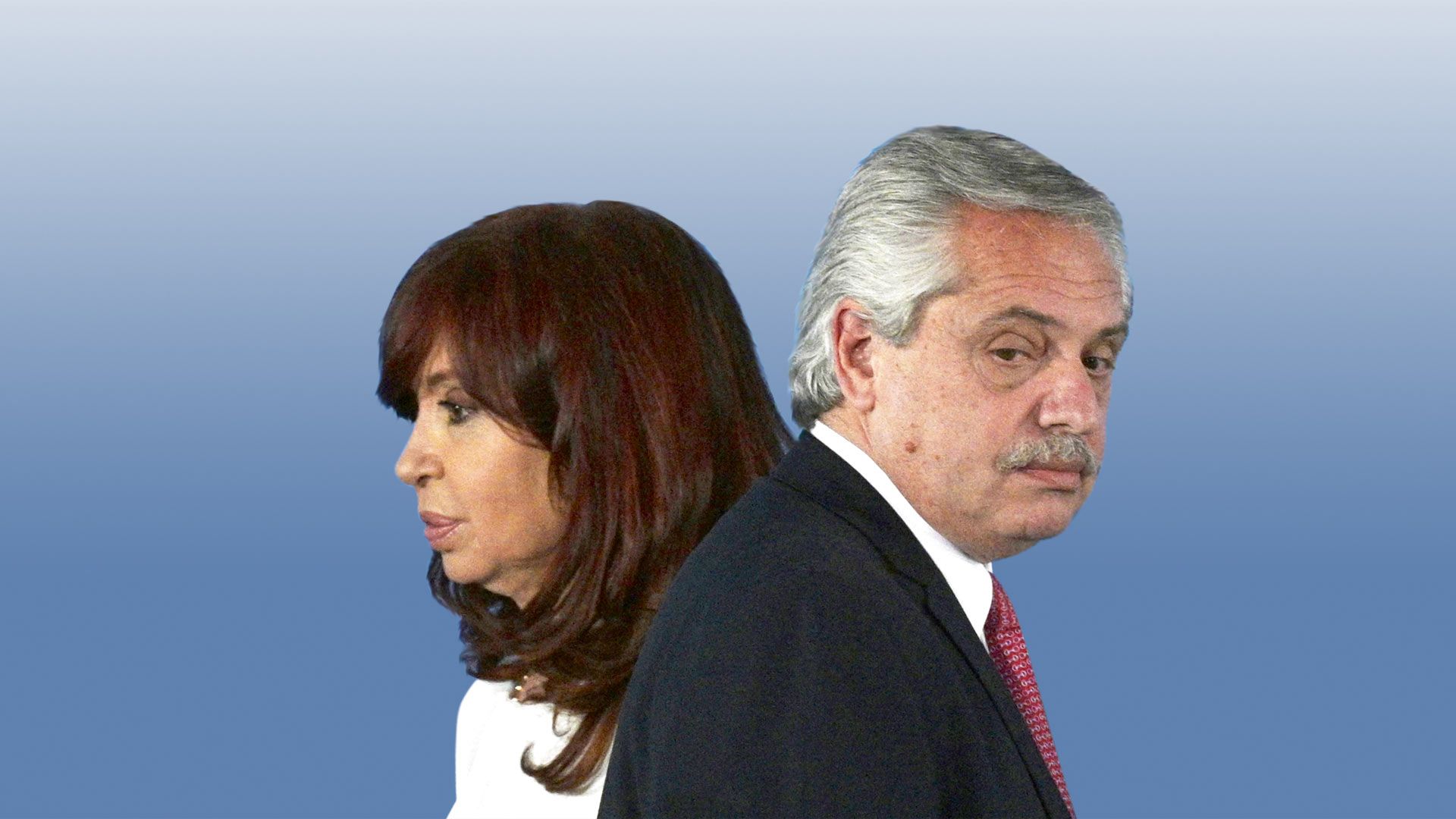By Roberto Cachanosky
RIO DE JANEIRO, BRAZIL – The first thing that President Alberto Fernández has to achieve is to dialogue with his vice-president because the government is divided between the hard Kirchnerism and Alberto Fernández; it is enough to remember the audios of Fernanda Vallejos saying “occupy” to the President.
The current situation is quite similar to the third government of Juan Domingo Perón, when Peronism was divided into the left-wing and the more fascist wing, which ended with a fierce confrontation between both sides; and led the country to social and economic chaos, just like now, with the difference that in those years with bombs and gunshots.
The second point is that if the President wants to dialogue with the opposition, he must first dialogue with his coalition and then agree on a consistent and long-term government plan.

The third point is that much is said about the Moncloa, and few seem to have taken the trouble to have read what it is all about. It is not “the” Moncloa Pact, but rather “the” Moncloa Pacts since they included short-term measures due to the high inflation that Spain was going through around 1977 and other long-term issues such as the adoption of a market economy, freedom of expression (remember that we were leaving the dictatorship of Francisco Franco -he died in 1975-), freedom of association for trade unions, etc. Such was the extent of the pro-market reform agreement that in 1985, Felipe González, then President of the Government, signed the accession to the European Union, which demanded a set of macroeconomic reforms of framing and commercial openness.
Let us remember that Felipe González was from the Spanish Socialist Party, and at the time of the Berlin Wall, he traveled to the Kremlin. He came to the government and came to his senses. The great merit of those Pacts was of the then President of Spain, Adolfo Suarez, who managed to bring together communists, socialists, Francoists, and other center and center-right parties at the same table.
Although Spain already had a certain growth momentum when, at the end of the 50s, Franco changed from autarchy or living with what was ours towards a more open economy, with the incorporation into the EU, the great take-off took place. In other words, technicians with different ideas entered the economic area towards the end of 1950, but the most accelerated growth took place from 1986 onwards when the unification of currencies was added.
Until 1976, Spain had a lower per capita income than Argentina and began to surpass it by far. From being 71% below at the beginning of the 20th century, in 2018, it was 70% above.
That comparison with other selected countries shows the degree of backwardness into which Argentina fell and reflects with brutal sharpness the decline that shows no signs of reversing.
If we look at the case of Australia, it went from being the same as Argentina at the beginning of the 20th century to doubling its per capita income ratio; Ireland, which at the end of the 1920s, had a per capita income 35% lower, now exceeds it by 3.5 times; and South Korea, a country of which politicians here spoke with some contempt about the toys and “junk” imported from that country, currently has a per capita GDP twice that of Argentina.
Of the countries selected to compare local performance throughout the last century, we can see how Argentina’s decline was brutal, in contrast with the development of the rest.
Another fact that shows the country’s economic decline is the fall in the share of GDP in the total of Latin America: from 27% at the beginning of the 20th century, it fell to 10%, in a process that accelerated in the mid-1940s, coinciding with the arrival of populism, the main cause of the destruction of wealth.
LIVING WORSE IWTH WHAT IS OURS
Isolation from the world to live with what is ours under the import substitution model, statism, the culture of handouts that came to replace the culture of work, and the interventionist state, undermined the capacity of the private sector to generate wealth. The data are not to flagellate oneself; they are to become aware of the disaster that populism has caused in Argentina.
In short, the country does not even need to sign something similar to the Moncloa Pacts, the key to growth was given by Juan Bautista Alberdi in the Bases that were embodied in the Constitution of 1853/60, which gave the institutional framework to grow and the generation of the 80’s that, with its differences, made Argentina great, to such an extent that there was a great migratory current that came to look for an opportunity in these lands. Those immigrants came to work, not to look for a social plan or a public job.
There is not much to invent. It is enough to see what the 80’s generation did and what other countries did to get out of poverty. The recipe is already there; what is missing is political leadership that becomes aware and makes the population aware that this is the path to follow to put an end to a long history of decadence.

